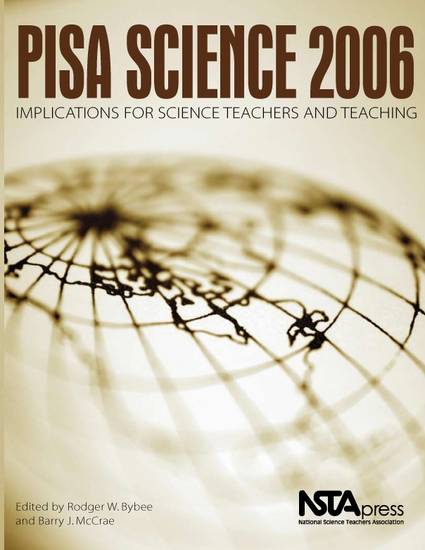
Contribution to Book
PISA: An Introduction and Overview
PISA Science 2006: Implications for Science Teachers and Teaching
(2009)
Abstract
The Programme for International Student Assessment (PISA) provides such information about 15-year-olds that can be both insightful and useful for science teachers. PISA is a collaborative effort undertaken by member countries (and many nonmember countries) of the Organisation for Economic Co-operation and Development (OECD), which has its headquarters in Paris, France. PISA measures 15-year-olds’ capabilities in reading literacy, mathematical literacy, and scientific literacy every three years. PISA was first implemented in 2000, and the most recent results are for the 2006 assessment. Each survey assesses one subject area in depth. The other two subjects also are assessed at the same time but not in the same breadth and depth as the primary or main domain. In 2000 reading literacy was the main domain, in 2003 it was mathematics, and in 2006 it was science. PISA 2003 also assessed cross-curricula problem solving.
Keywords
- PISA,
- student assessment
Disciplines
Publication Date
2009
Editor
Bybee, Rodger W. and McCrae, Barry J.
Publisher
NSTA Press
ISBN
9781933531311
Citation Information
Ross Turner. "PISA: An Introduction and Overview" Arlington, VirginiaPISA Science 2006: Implications for Science Teachers and Teaching (2009) Available at: http://works.bepress.com/ross_turner/4/
